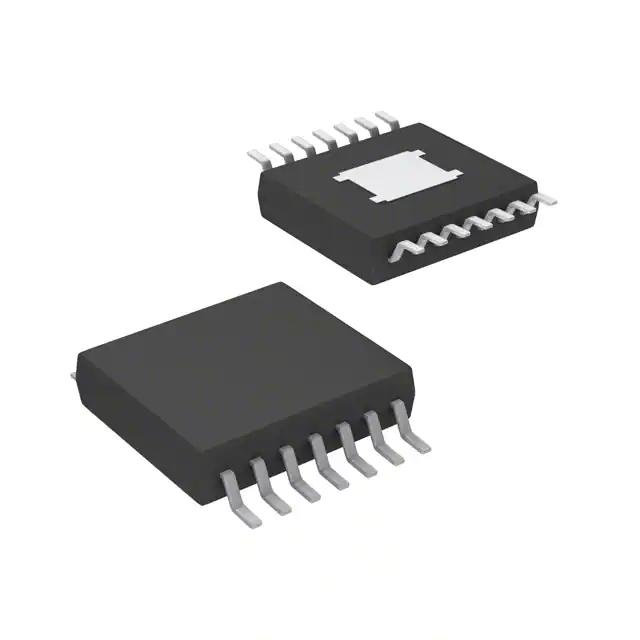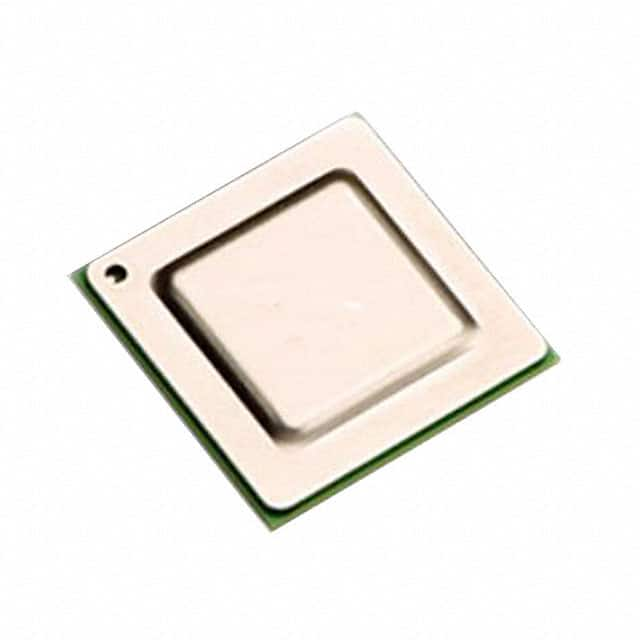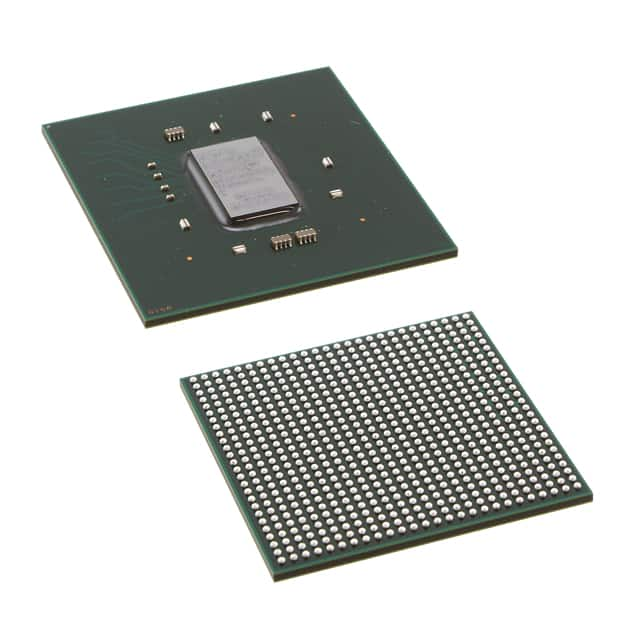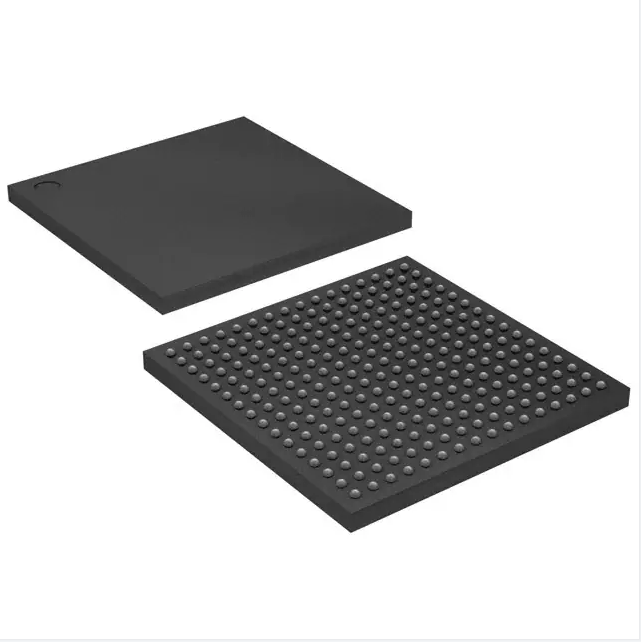TPS62136RGXR – Voltage Regulators, DC DC Switching Regulators
Product Attributes
|
Documents & Media
| RESOURCE TYPE | LINK |
| Datasheets | TPS62136(1) Datasheet |
| PCN Design/Specification | Assembly Materials 28/Dec/2021 |
| PCN Assembly/Origin | LBC7 Dev A/T Chgs 18/Mar/2021 |
| Manufacturer Product Page | TPS62136RGXR Specifications |
| HTML Datasheet | TPS62136(1) Datasheet |
| EDA Models | TPS62136RGXR by Ultra Librarian |
Environmental & Export Classifications
| ATTRIBUTE | DESCRIPTION |
| RoHS Status | ROHS3 Compliant |
| Moisture Sensitivity Level (MSL) | 1 (Unlimited) |
| REACH Status | REACH Unaffected |
| ECCN | EAR99 |
| HTSUS | 8542.39.0001 |
Detailed Introduction
Voltage regulator chips are formed by power management integrated circuits (PMIC) after a series of operations such as design, manufacturing, and packaging. Generally speaking, power management integrated circuits focus more on the design and layout of the circuit wiring, while voltage regulator chips focus more on the integration of the circuit, production and packaging of the three major aspects. However, in daily life, power management integrated circuit and voltage regulator chip are often used as the same concept.
A voltage regulator circuit is a power supply circuit that keeps the output voltage basically unchanged when the input grid voltage fluctuates or when the load changes.
There are many types of voltage regulator circuits, including: DC voltage regulator circuits and AC voltage regulator circuits by the type of output current. According to the connection method of the regulator circuit and the load, it is divided into: series regulator circuit and parallel regulator circuit. According to the operating state of the regulator is divided into: linear voltage regulator and switching voltage regulator.
According to the circuit type: simple regulated power supply, feedback type regulated power supply and regulated circuit with amplification link.
PMIC is called Power Management Chip, in the circuit system, the working voltage of each chip and device is different, PMIC will provide a fixed voltage from the battery or power supply for boosting, bucking, voltage stabilization and other processing, in order to meet the working conditions of each device. If the main chip is the "brain" of the circuit system, then PMIC can be compared to the "heart" of the circuit system.
Although the overall chip delivery time is shortening, but many areas, especially automotive and industrial use of power management IC shortage problem still exists. PMIC accounts for a large part of the power management chip.
Compared to other categories of integrated circuits, PMIC belongs to a relatively mature and stable segment. Most PMICs are currently manufactured based on the mature process of 8-inch 0.18-0.11 micron process. In the case of PMIC chip shortage, many companies began to consider PMIC to 12 inches.
MatthewTyler, senior director of strategy and marketing at ON Semiconductor Advanced Solutions, said the key challenge in addressing the PMIC shortage is the need to invest capital to expand production and build new factories. matthewTyler said: "from a macroeconomic perspective, the capacity of 200mm (8-inch) wafers has been oversubscribed in the past few years, and some manufacturers have migrated or are migrating production lines to 300mm (12-inch) wafers, which is believed to help ease the tight supply situation."
8 inches to 12 inches is not an easy task, on the one hand, PMIC manufacturers need to overcome the circuit design challenges, such as the opening can be compatible with the electrical parameters of the pin; on the other hand, for small and medium-sized IC design houses, the cost of moving into the 12-inch production line is too high, the increase in unit capacity does not make up for the cost spent on redevelopment, verification and flow of chips.
Therefore, from the current point of view, the active shift into the 12-inch production line, or mainly to large factories. Foundry TSMC, TowerJazz and UMC began to 12-inch process for PMIC. Qualcomm, Apple, MediaTek and other large customers into the 12-inch process has been successively abandoned previously fought for 8-inch capacity. In the IDM factory, it is TI and ON Semiconductor and other factories into 12-inch most active.












